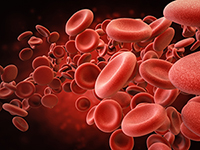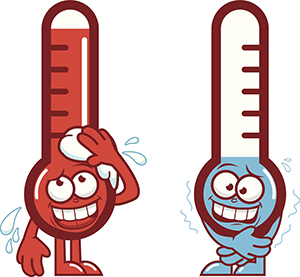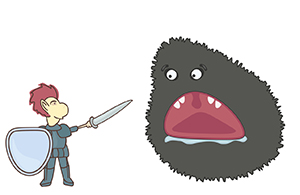Learn
Functions of Blood
Recall from Unit 1 that blood is a connective tissue made up of formed elements (red blood cells, white blood cells, and platelets) and an extracellular matrix (the plasma). This connective tissue is unique in that it is a fluid that can circulate throughout the body.
It functions to do the following:
1. Deliver oxygen and nutrients to body cells
Nutrients from the foods you eat travel in the bloodstream to the liver to be processed. They are released back into the bloodstream for delivery to body cells.
Oxygen from the air you breathe enters the lungs and diffuses into the blood carried by red blood cells (RBCs). It is then pumped through the body by the heart.
Hormones are released into the blood by the endocrine system organs and travel to their target cells.

2. Removes wastes from body cells
Cellular wastes are picked up from body cells and transported to various organs such as the lungs, kidneys, and liver for removal.

3. Distributes heat
Blood movement can be shifted to help maintain the body’s average core temperature of 98.6 degrees Fahrenheit.
If your body produces excess heat (as occurs during exercise), then blood vessels of the skin dilate increasing blood flow to the skin.
This causes heat to be released from the blood to the environment. The blood returning to your body core would be cooler.
In contrast, on a cold day, blood is shifted away from the skin to maintain a warmer body core.

4. Acts as a defense
The white blood cells (WBCs) of the blood protect against pathogens and diseases by destroying cells that are mutated and infected.
Platelets of the blood help stop sites that are bleeding.

![]() Check your understanding:
Check your understanding:
What are the functions of the blood?
Answer: Delivery of nutrients and oxygen, removal of wastes, distribution of heat, and defense.
